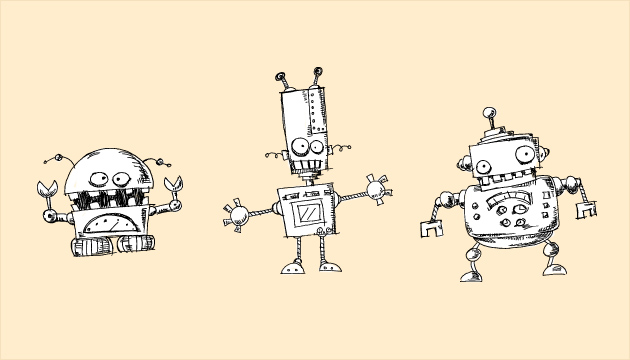Gartner’s Hype Cycle Trends - Part 2


Will you do us the honor and join our team of authors?
To write for the SohoBlog, contact us at [email protected]
(Shakespearean prose not required.)

In my previous post I talked about Gartner’s Hype Cycle—a graphic and a report that portrays the evolution of a new technology from the moment it is introduced to the market through its progression until it is “matured.” In this post I will discuss current trends that Gartner’s Hype Cycle sheds light on.
The 2012 Gartner Hype Cycle has mapped out the level of the hottest technologies in the market. These technologies were divided into six main trends. Although some of the technologies in the different trends are overlapping, a careful examination of the Gartner Hype Cycle allows us to predict which of the trends is closer to becoming an established trend in the market and reach the Plateau of Productivity level in the Hype Cycle.
The first trend is making all services available at anytime and any place. This trend envisions employees bringing their personal devices to work and breaking the separation of the work sphere and private sphere. Among the technologies included in this trend are BYOD, hosted virtual desktops, HTML5, and cloud computing. Most of these technologies are currently between the Peak of Inflated Expectations and the Trough of Disillusionment levels in the Gartner Hype Cycle. They have not reached widespread adoption and currently require the development of services and power supplies in order to reach the Plateau of Productivity. The average amount of time before technologies reach the Plateau of Productivity level is three years.
The second hot trend is making things smarter. This trend includes exciting technologies like wireless power, Internet TV, autonomous vehicles, machine-to-machine communications, and home health monitoring. Most of these technologies are currently in the peak of Inflated Expectations in the Gartner Hype Cycle. The current bandwidth and power supply are not set for these technologies, and adjustments must be made in order to make them ready for wide consumption. The average amount of time before these technologies reach the Plateau of Productivity level is ten years.
The third trend is making technology more accessible and natural to people. Among the technologies included in this trend are NFC (near field communication), speech-to-speech translation, reality augmentation, biometric authentication, and more. These technologies have been around a number of years and are becoming more common in the market. The progress into broader success currently lies in computing and algorithms. The average amount of time required for these technologies to reach the Plateau of Productivity level is seven years.
The fourth trend is the change of fiscal transactions making paper money redundant by replacing it with electronic payment methods. This will be more efficient for enterprises and consumers. Among the technologies included in this trend are NFC payment technology, mobile over-the-air payment, and biometric authentication. This trend faces merchant challenges and will be lost or won in the local markets. The average amount time until these technologies reach the Plateau of Productivity level is approximately six-and-a-half years.
The fifth trend is storing the voice of consumers in order to analyze it and get a better understanding of the consumers’ needs. Among the technologies included in this trend are: automatic content recognition, crowd sourcing, big data, social analytics, activity streams, and cloud computing. This trend may have two major limitations in the future: individual privacy restrictions (by either country or domain) and the necessity of storing the enormous amounts of data needed to establish this trend will raise organizations’ questions. The average amount time until these technologies reach the Plateau of Productivity level is approximately six years.
The sixth and last trend is 3D printing at home. This will allow the consumer to print at home any physical object from toys to firearms. The technologies this trend requires are 3D printing and 3D scanning. These technologies are currently at the peak of the Inflated Expectations level in the cycle. The technologies will need some time to develop beyond their current niche market and will need to improve the speed, cost, and materials before becoming an established trend in the market. The average amount of time required before these technologies reach the Plateau of Productivity level is ten years.
In conclusion, the 2012 Gartner Hype Cycle has mapped out the emerging technologies as well as the hottest trends in the market. However, most of these technologies need a substantial amount of time in order to offer an established product.
|
|
|